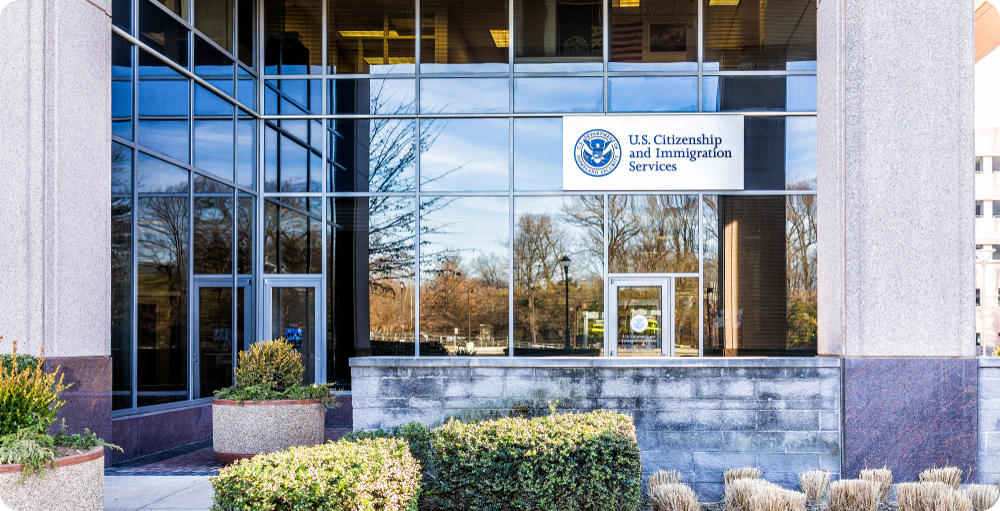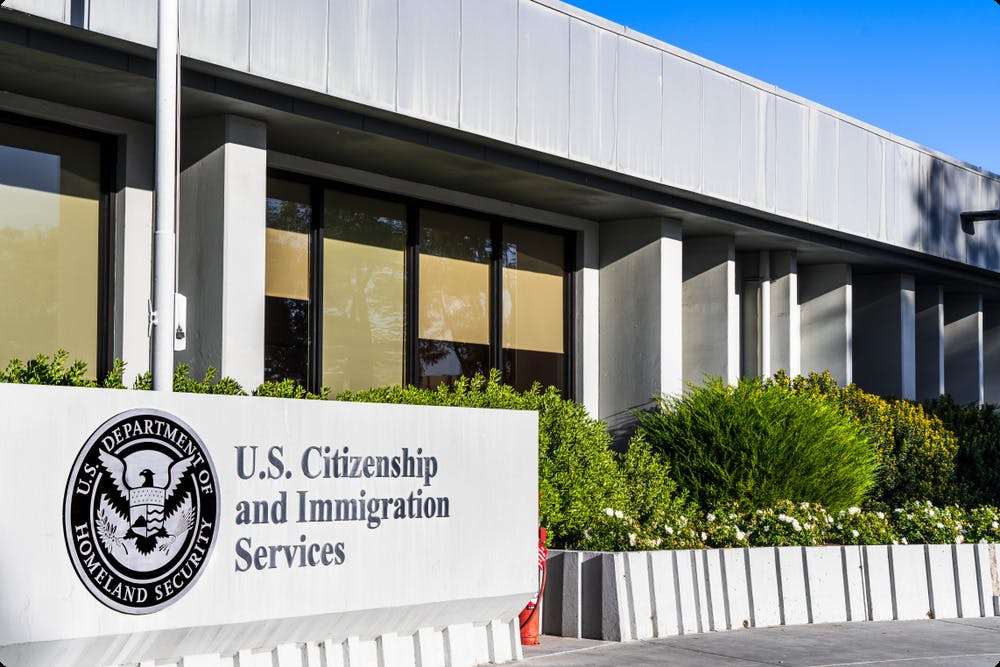On February 4, four immigration lawyers authored an article responding to my article on January 19, 2022, titled “The EB-5 Regional Center Program should stay expired as a better alternative already exists.” I think these authors missed the mark.
The lawyers claim the EB-5 community was “stunned” by my article. This is surprising as the issues I addressed are well known to almost all industry stakeholders, so I can only assume the astonishment was that I, as an industry stakeholder, was willing to speak about the program’s short-comings publicly.
As the future of both the Direct EB-5 and Regional Center Program are of vital importance to the American economy, I would like to address the issues the lawyers had with my article.
Issue 1: regional center jobs are not permanent
What the lawyers say:
“Even the ‘temporary’ construction jobs that the article denigrates are permanent as those construction companies are hiring these workers on a permanent basis with W-2s to show as evidence.”
Rebuttal:
Construction jobs and the indirect and induced jobs associated with them are all based on temporary projects. The entire industry has used the term “project” for years for a simple reason: there’s a beginning and end date and it’s usually about two to three years.
Direct businesses can last generations. And the fact that the lawyers say that direct businesses can fail and thus won’t be truly long-term doesn’t diminish the fact that many of them will succeed and last. And shouldn’t we aim higher than just a temporary “project” when it comes to invigorating local economies in need?
Let me go on the record by saying that I’m not against counting indirect and induced jobs — just those associated with an EB-5 “project.” Economically modelled jobs should be based on permanent jobs. At a minimum, the Direct EB-5 program should be allowed to count such indirect and induced jobs if projects can. There is no valid argument for only allowing regional center projects to count them.
Issue 2: the equity investment requirement is abused by regional centers
What the lawyers say:
“This argument has zero merit or basis in facts. First, there are many equity-based regional center projects. Second, direct projects can, and often do, take advantage of having a separate NCE and JCE.”
Rebuttal:
As a registered broker-dealer I’ve seen hundreds of EB-5 regional center offerings over the years and the vast majority were structured as loans from the NCE to the JCE. Yes, some regional center offerings are structured as preferred equity — which also include a maturity date. So it’s really debt in disguise.
Secondly, the lawyers’ statement about direct investments is misleading. Yes, direct investments can have a separate NCE and JCE, but only if the JCE is wholly owned by the NCE, (they are essentially the same company) which means the EB-5 investor must make an equity investment into the business that is creating the jobs, or the business that owns the business that is creating the jobs.
The loan model is simply not available with direct EB-5 investments. This eliminates the clear “exit” that regional centers benefit from.
Issue 3: Rural areas were never really helped with the investment discount
What the lawyers say:
“It is entirely unclear how this argument supports direct EB- 5s. The minimum investment amount is THE SAME for both regional center and direct EB-5s.”
Rebuttal:
Big real estate developers have dominated the Regional Center Program and their focus is, of course, location, location, location. During the Regional Center Program lapse, I’ve spoken with dozens of businesses looking to raise direct EB-5 capital and not a single one has mentioned gerrymandering their location to quality as a TEA. Smaller businesses in sectors outside commercial real estate don’t have lobbying clout and often actually prefer cheaper locations for many of their facilities.
Issue 4: The Regional Center Program was rife with abuse
What the lawyers say:
“This doesn’t mean that individuals with compromised moral codes do not engage with direct EB-5s.”
Rebuttal:
Sure, bad actors can participate in both programs, but only one program’s design actually encouraged hidden conflicts of interest which often led to abuse.
Don’t take my word for it; rely on the Securities and Exchange Commission (SEC). In their warning about EB-5 entitled “Investor Alert: Investment Scams Exploit Immigrant Investor Program”, the SEC declares that one of the “warning signs of fraud” is “layers of companies run by the same individuals.”
I’ve seen regional center offerings with five, six, twelve shell companies all owned by the same people, designed to obfuscate and protect principals against all investor claims. It is virtually impossible to understand some of the organization charts in these commercial real estate offerings. How can investors understand their rights and remedies and what would be the cost to pursue their legal remedies in these cases?
Direct investments, by their very nature, are simpler. Become a direct equity holder in the business that is creating the jobs. It is much easier to understand your rights as a shareholder and makes it much harder to obfuscate and abuse.
Issue 5: If the Direct Program is better, why reauthorize regional centers?
What the lawyers say:
“This goes back to our argument that EB-5 is not a zero-sum game. The existence of one program should not negate the existence of another.”
Rebuttal:
About 99% of EB-5 dollars raised in the last decade went into regional center projects, leaving just 1% of all EB-5 capital to find its way into operational (non-commercial real estate) businesses raising EB-5 capital.
So clearly a zero-sum game was fine when it worked in favor of regional centers. My question is “what is the actual benefit of regional centers?”
Unless regional centers are non-profit, perhaps a local government-run entity, whose only mandate is to promote economic development (an idea I like), I don’t see a role for them.
But I can hear the response: the Regional Center Program is preferable because it can count more jobs and thus raise more capital. Easy fix: allow the Direct Program to count indirect and induced jobs.
Issue 6: is the Direct Program really the ‘wild west’?
What the lawyers say:
“The article ignores the fact that direct pooled projects are entering a ‘Wild Wild West’ phase, given direct EB-5s of large scale are in an infancy stage, equity investments tend to come with fewer protections for investors, and more importantly, unlike regional centers who must file annual reports to USCIS, direct projects are not (yet) compelled to do the same.”
Rebuttal:
This attitude of EB-5 private placements entering the “wild, wild, west’”phase speaks to the misunderstanding these lawyers have about private placement investments. U.S. businesses routinely raise capital and are subject to securities laws that limit exaggerated marketing claims and require full disclosure of all conflicts of interest and much more.
Filing an annual I-924A report with USCIS hardly protects investors as it simply requires the reporting of the number of projects being sponsored by the regional center and jobs they’ve created. The countless lawsuits filed by investors in regional center projects are testament to the lack of regional center protection and oversight over the years.
The lawyers raise another new point: “The article does not discuss broker-dealer arrangements, even though it is quite obvious that this is a play in that direction.”
Ok, since they brought it up, securities laws, which regional centers have managed to circumvent for years, actually provide real protections for investors. The direct investments I offer as a registered broker fall under SEC and FINRA supervision. That supervision and oversight goes a hell of a lot further to look out for fraud and abuse than a I-924 filing sitting in a USCIS folder.
Summary
While my article was provocatively titled and has drawn the ire of many, the Regional Center Program appears to be on the verge of reauthorization based on the recent draft legislation I’ve seen and the changes will likely address some of the concerns I’ve raised.
But the Regional Center Program we lived with for years was broken and I think it would have been easier to empower the Direct Program than to fix the former.
Sure, the Grassley-Leahy bill addresses integrity issues, but one problem it presents is having USCIS act as the arbiter of securities law compliance.
The stimulus provided by the EB-5 program is needed in many sectors of the economy and in many areas of the country, and not just real estate; which is likely to dominate this program once again.
It’s a shame that this new legislation is likely to continue to advantage commercial real estate projects over other industries, by counting construction jobs as permanent jobs and now tenant occupancy jobs.
“Build Back Better” requires stimulating many sectors of the economy. Giving construction a clear advantage will likely suffocate other industries from using this program because operational jobs are perceived as more risky by agents, investors and other stakeholders.
See the lawyers’ article “We need both EB-5 Regional Center reauthorization and direct pooled projects”
See Kurt Reuss’ original article “The EB-5 Regional Center Program should stay expired as a better alternative already exists”











